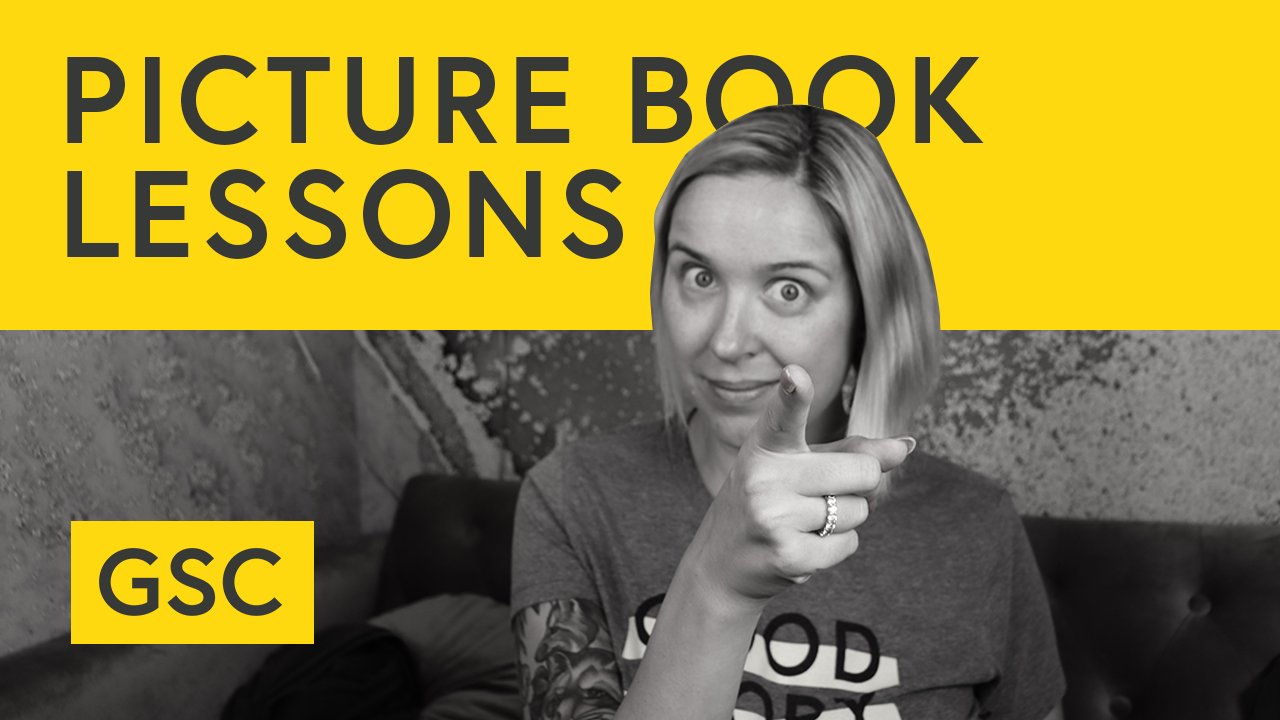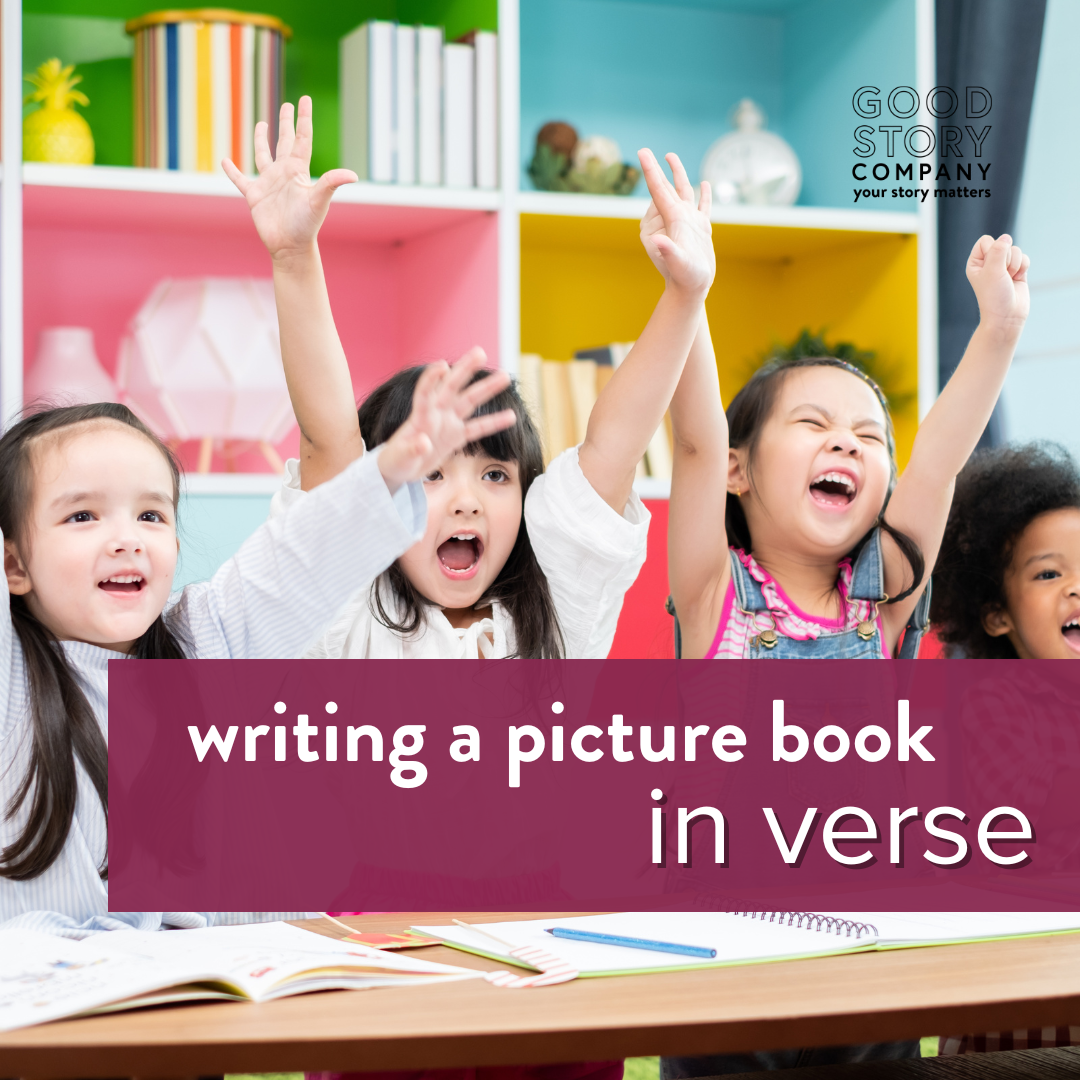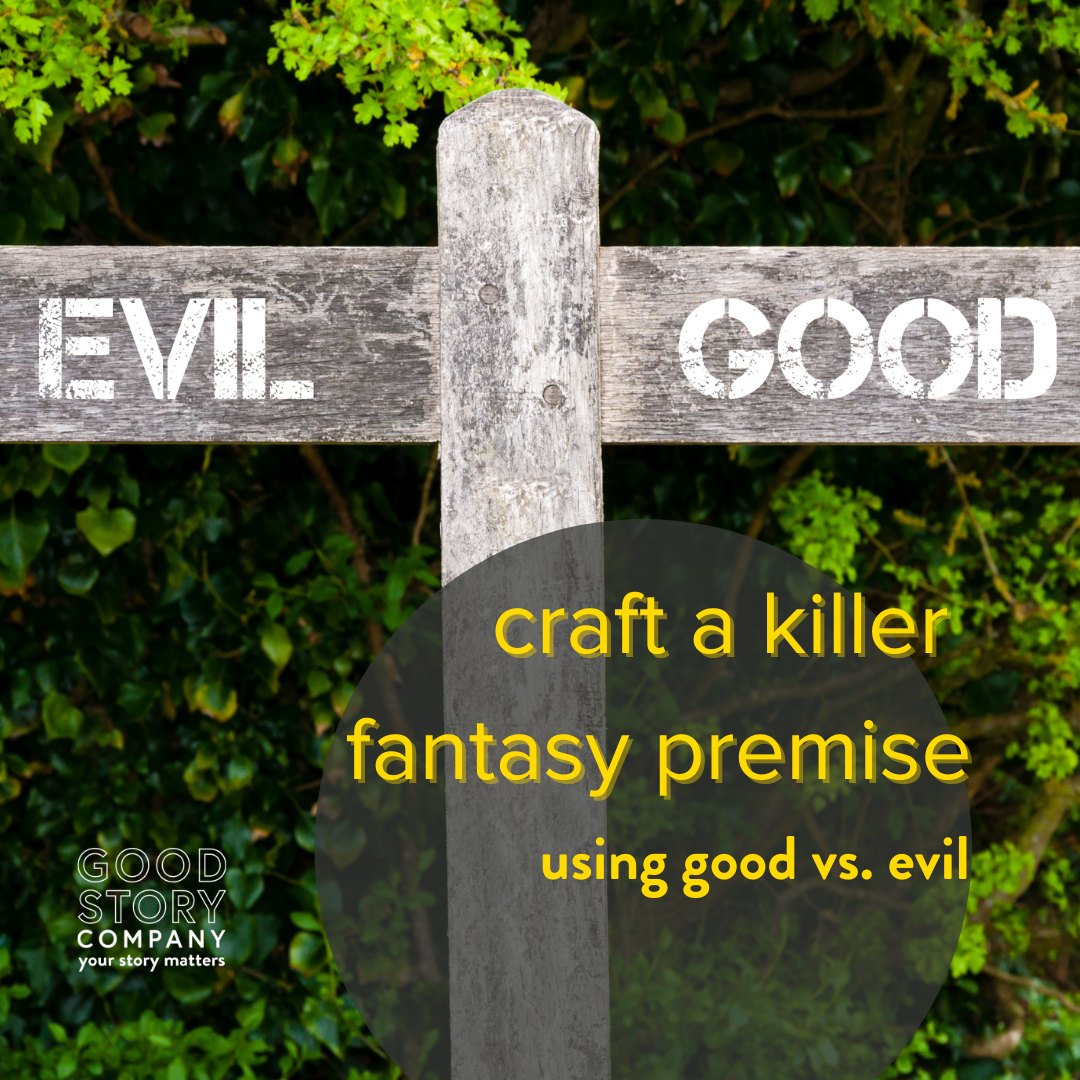
DOWNLOAD THE IDEA GUIDE
Don't let the blank page intimidate you! Our idea guide has prompts and exercises specifically tailored to picture book writers. Are you ready to start crafting your picture book?

Upcoming Webinars
This inspiring, creative webinar is a great way to get in the right frame of mind for a successful writing year. There's advice here for writing, creativity, and living a more artistic life in general.
Videos
Alee Anderson and Alice Sullivan are here to celebrate the release of their new book, The Definitive Guide to Ghostwriting! Learn the secrets to building a ghostwriting career, marketing to develop a strong client base, and translating a client’s unique voice and story to the page.
Children’s author-illustrator Niña Mata joins the Thriving Writers Podcast to chat about her publishing journey—from illustrating educational materials, working with Olympian athletes, to finally writing her own stories! Listen to hear Niña share some tips on what illustrators gravitate towards in manuscripts and ways writers can make the collaborative process smoother.
NYT bestselling author/illustrator Jarrett Krosoczka shares the challenges and gratifications of reaching across different age categories and the importance of illustrations in storytelling. Listen to hear his tips on writing within established franchises (like Star Wars), how to pivot a picture book idea into a graphic novel series, and memoir writing.
Book Marketer and PR Coach Emily Enger joins Mary to talk about some of the aspects of the writing process that might leave a yucky taste in our mouths. Tune in for actionable tips and insights into a publicist and marketer's side of the publishing world.
If you’re writing a picture book, how should you handle illustrations? Let’s compare illustrating your own manuscript, finding another illustrator, or leaving it to the publisher.
Think twice before you moralize in your book. Ditch "sharing is caring!" and go for a more nuanced message. Here's how.
Writer, writing teacher, ghost writer, and general literary icon Roz Morris joins Mary Kole for an interview on the Good Story Speaker Series. They dive into the mechanics of storytelling and discuss how to connect with your audience—whether you're writing someone else's story or your telling your own.
Books that teach life lessons are fine...as long as you don't clobber readers over the head with your theme. So how do you weave a message into your story without being too obvious?
Anthropomorphic animals in children’s fiction are common, but are these characters the best approach when you’re writing for young readers? Let’s talk about this popular topic for children’s writers by defining what an anthropomorphic animal is.
Story Mastermind is our small group writing workshop. We'll tell you a little bit about the program, but mostly we will be talking today about picture book premise, and how to make sure that your story has strong bones and how to tell a compelling picture book story in today's market.
Publishing loves its buckets. In children's books, there are several buckets that you need to fit into, with word count guidelines and all of that. There are buckets and tropes in adult publishing as well. Books that don't lend themselves easily to categorization can be a really difficult sell.
Don't teach in your picture book. Do not preach. Do not talk down to the reader. Kids are lectured and told what to do all day every day, and they feel disempowered. So, the strongest possible way to get a message across is to have a child go through something, learn something, practice something, maybe even teach something to somebody else, without actually coming out and directly saying the words.
We've all heard people who claim that somebody took their idea and is now publishing it, or that somewhere somehow, another writer has come up with basically the same idea, sold it, and now, what does that mean for your idea?
Writing invariably is a passion for a lot of people that I work with. And they just, for whatever reason, have not been able to sort of devote themselves to it until now. And that's usually when they come to me and I plug into their process.
This one's for all the people who are still casting around for an idea. How do you create a story? What matters to you, and what matters to readers?
Here's an energizing pep talk on how to write, including the ingredients you need to get started and keep going.
Podcasts
How do you set realistic expectations in publishing? If a book doesn’t sell, how do you cope with rejection? Literary agent and author Kate McKean chats about her latest book Write Through It! She also shares tips for honing your writer’s intuition, pitching your book, and what queries stand out in the slush pile.
Alee Anderson and Alice Sullivan are here to celebrate the release of their new book, The Definitive Guide to Ghostwriting! Learn the secrets to building a ghostwriting career, marketing to develop a strong client base, and translating a client’s unique voice and story to the page.
Children’s author-illustrator Niña Mata joins the Thriving Writers Podcast to chat about her publishing journey—from illustrating educational materials, working with Olympian athletes, to finally writing her own stories! Listen to hear Niña share some tips on what illustrators gravitate towards in manuscripts and ways writers can make the collaborative process smoother.
NYT bestselling author/illustrator Jarrett Krosoczka shares the challenges and gratifications of reaching across different age categories and the importance of illustrations in storytelling. Listen to hear his tips on writing within established franchises (like Star Wars), how to pivot a picture book idea into a graphic novel series, and memoir writing.
An interview with middle grade author and Newbery medalist Erin Entrada Kelly, where we discuss writing outside your lived experience.
Debut picture book author Brittany Thurman discusses writing about complex issues for a young audience, bias in the publishing industry, and supporting Black writers.
An enlightening discussion about creativity, picture book writing, illustration, inspiration, and making mistakes ... in a good way!
On this month's episode, children's author Anna Staniszewski chats about her path to publication, writing for different age groups, and what it takes to make it as a full-time author.
Blog Posts
A series of things happening doesn’t make a story. Without a clear premise, readers have no idea what to expect from the story or why they should keep reading. Here's how to establish your premise from the start.
Picture book ideas can be hard to generate. Sometimes it seems like everything has been done! How can you come up with a good idea?
When done well, rhyming picture books are snappy, quotable, and fun to read. Children retain the words more easily and begin to identify patterns and sounds: a real treat. The problem? Writing a good rhyming picture book is much trickier than it looks.
So often, story ideas begin with characters. Writers have a picture in their mind of a character they’ve never met, and from there a new story is born. How do we create characters that resonate with readers, though? What needs to go into the mix?
It’s time for NaNoWriMo! How do those authors who publish in multiple genres do it? It’s challenging enough to craft a good story in one genre, especially for brand-new writers.
Picture books are so fun to read aloud! Readers can play with the volume, pitch, and inflection of their voices to give the verses maximum effect.
Trick, treat, and keep the thrills and chills alive by learning how to write a ghost story. Here are some tips for crafting a spooky tale that’ll scare the socks off readers this Halloween season.
Your character names and made-up words should add meaning to your story. Here are five tips for picking names and creating words that enhance your story world.
The “chosen one” premise is the focus of many books. They're the only person who can save the town, world, or galaxy. But writing a "chosen one" story is harder than it seems. How do you successfully execute this premise?
Many authors write under a pseudonym, also known as a pen name. If you think writing under an alias is in your future, here are some criteria to help you decide. I’ve also got some tips on how best to come up with one.
How do you write shy characters? Shy people often have rich inner worlds that are teeming with life; they’re just selective about who they let inside. Here are a few ways to help you show your shy character’s true nature.
The act of writing theme is an important ingredient in storytelling, but it doesn’t have to resound with Meaning-with-a-capital-M. In fact, theme works best when it’s subtle and even open to interpretation. Here are three tips that’ll help you incorporate theme into your story.
Uncap those pens, pop open those PCs, and crack your knuckles. It’s time to dive into good ideas for books, and how to brainstorm. Good Story Company is here to help you stay inspired with our quirky list of good ideas for books.
Thinking about a “target audience” can sound cold and impersonal, especially for writers who are pouring their hearts into a manuscript. After all, it’s not like we’re lining readers up, eyeing the red circles painted on their torsos, and lobbing our books at them. Or are we?
Wondering how to write diverse characters? Many writers aspire to create worlds that look like a true fusion of personalities and cultures, religious beliefs, and ethnicities. How do we create art that imitates the life we are striving for?
If you’re interested in writing a children’s picture book that uses fantasy elements to engage readers in a meaningful way, then you’ve come to the right place. In this post, we provide four tips on how to write original, highly engaging fantasy picture books that stand out!
If you’re an author/illustrator in the picture book business, you probably feel like you’re at an advantage. While there is value in being able to create an entire work on your own, I’d like you to imagine not using your words. What does it look like to create wordless picture books?
Story ideas don’t always come easily, but sometimes we get glimmers that turn into a list of foggy ideas. How do we decide which new idea to run with? And how do we take steps to make it shine?
A fantasy premise that doesn’t engage on any themes of good versus evil can feel empty, but when those lines are too stark, it can feel a bit thin. So how do you find the balance?
Stories are like people. They have a body, and a soul. The body is the plot, the actions that happen. And the soul is the character, the protagonist, the key person (or persons) bound by the circumstances of the plot and forced into decisions.
Services
Want to discuss your idea, ask questions, or get live feedback? Request some time on the phone or on Zoom with Michal Leah.
Want to discuss your idea, ask questions, or get live feedback? Request some time on the phone or on Zoom with Michal Leah.
Want to discuss your idea, ask questions, or get live feedback? Request some time on the phone or on Zoom.
Want to discuss your idea, ask questions, or get live feedback? Request some time on the phone or on Zoom with Rhiannon Richardson.
Want to discuss your idea, ask questions, or get live feedback? Request some time on the phone or on Zoom with Kristen Overman.
Want to discuss your idea, ask questions, or get live feedback? Request some time on the phone or on Zoom.

FEATURED SERVICE
Want to discuss your idea, ask questions, or get live feedback? Request some time on the phone or on Zoom.
























































How do you set realistic expectations in publishing? If a book doesn’t sell, how do you cope with rejection? Literary agent and author Kate McKean chats about her latest book Write Through It! She also shares tips for honing your writer’s intuition, pitching your book, and what queries stand out in the slush pile.